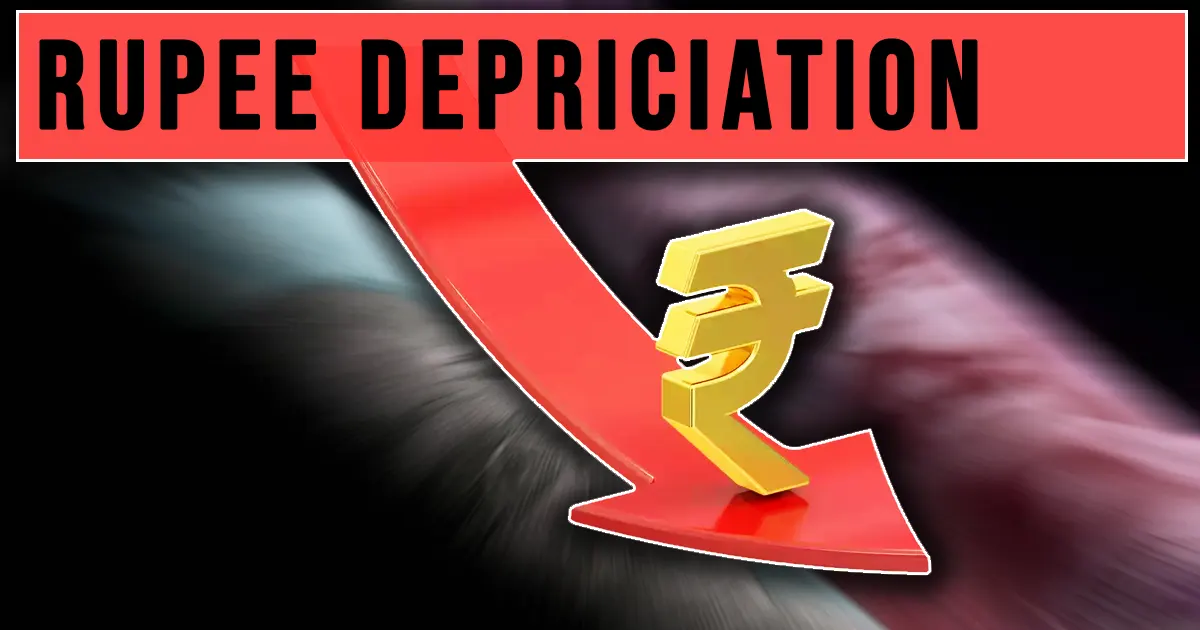GS3 – ECONOMICS

The Indian rupee has experienced its sharpest depreciation in the past two years, with its exchange rate against the US dollar crossing the 85 mark.
Exchange Rate:
The exchange rate refers to the value of one currency relative to another, effectively representing the price of one currency in terms of another.
Key Factors Contributing to Rupee Depreciation:
- Strengthening of the US Dollar: Aggressive monetary tightening by the US Federal Reserve has led to capital outflows from emerging markets, including India.
- For example, there has been a significant outflow of Foreign Portfolio Investments (FPIs) from India.
- Widening Trade Deficit: This is largely driven by the increased import of crude oil.
- Other Factors: High inflation in India tends to reduce the value of the currency.
Impact of the Rupee’s Depreciation:
Negative Effects:
- Increased Import Costs: A weaker rupee makes imports more expensive, especially crude oil, further widening the trade deficit.
- Other Effects: Higher costs for foreign debt, increased inflation pressure, etc.
Positive Effects:
- Boost to Exports: Goods and services become more competitive internationally due to lower prices in dollar terms.
- Higher Remittances: Non-resident Indians (NRIs) benefit from the higher value of the rupee when sending money back home.
Measures to Stabilize the Rupee:
- Direct Dollar Sales: By increasing the supply of US dollars in the market, this can help support the rupee’s value.
- Foreign Exchange Swaps: The Reserve Bank of India (RBI) can use buy-sell swaps to manage dollar liquidity without significantly reducing forex reserves.
- Attracting Foreign Investments: Policy incentives such as tax benefits can encourage both Foreign Direct Investment (FDI) and portfolio inflows.




